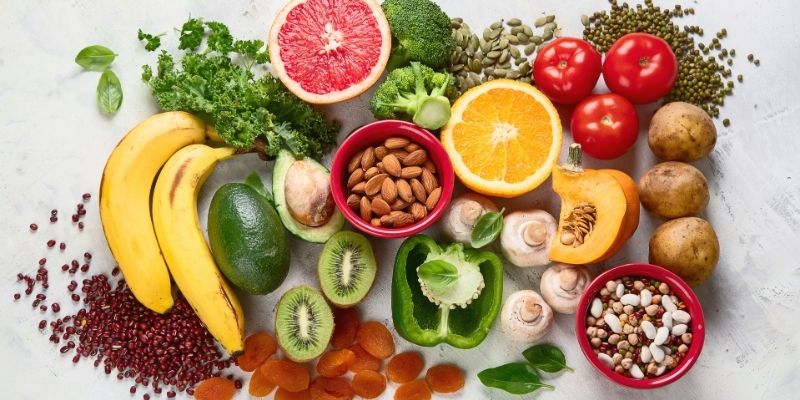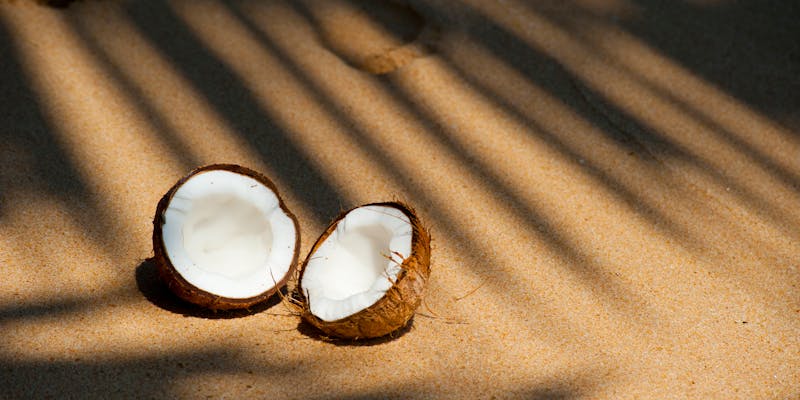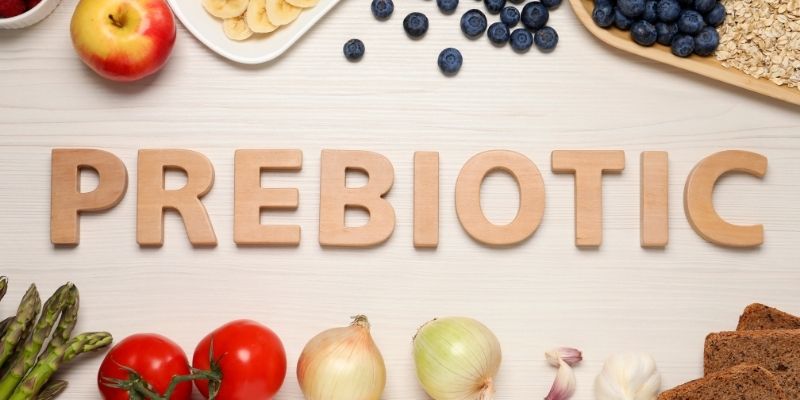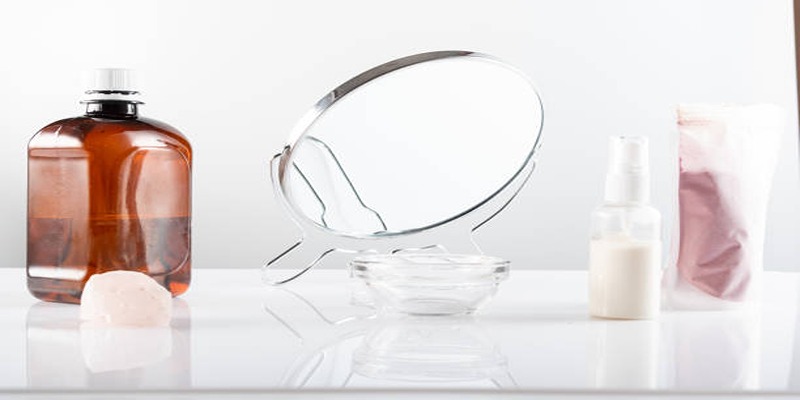Which Foods Are Rich in Silica and Why Are They Good for You?
Nov 01, 2024 By Noa Ensign
Silica in its main form silicon dioxides is an essential mineral in body processes and health, especially in the maintenance of bones. In this article, different foods containing silica, the nutritional values associated with those foods, and their effect on the body shall be discussed. Knowledge of silica may enable people to make better conclusions on what they should feed their bodies so that they may be healthier.
What is Silica?
Silica is a material that is formed by silicon and oxygen. Found in almost all-natural foods, Vitamin C is important in the formation of collagen, needed by the body for strong bones, skin, hair, and blood vessels. Although silica is not a nutrient that can be called necessary like vitamins or minerals, it is still highly beneficial for a persons health.
What is the Importance of Silica for Bone Health?
Silica works to ensure bone health because it facilitates collagen production and calcium absorption by the human body. The studies also show that sufficient consumption of this mineral is effective in increasing BMD vital for avoiding diseases such as osteoporosis. Research shows that silica can be best absorbed in a dose of about 25 milligrams per day which improves bone health.
The Role of Silica in Bone Formation

Silica is mainly involved in the formation of collagen the protein that is fundamental in the frame work of the body skeleton. Collagen forms a matrix on which other material such as calcium get mineralized. That is with low level of silica in the body, there is inadequate formation of collagen to produce strong bones.
The studies show that silica contributes to the development of collagen and enhances the proliferation and function of osteoblasts, the bone producing cells. It has been established that an increased intake level of silica in foods is associated with elevated bone mineral density (BMD) in a man and premenopausal woman. For example, one study found that individuals consuming around 40 mg of silica daily had 10% higher BMD compared to those with lower intakes.
Silica and Calcium Absorption
The relationship between silica and calcium is fundamental to bone health. Silica enhances the absorption of calcium in the body, which is essential for maintaining strong bones. Some researchers suggest that adequate silica levels might be more critical than calcium itself for optimal bone strength.
In fact, there are discussions in scientific circles about whether silica supplementation could be more beneficial than calcium supplementation for certain populations.
Preventing Osteoporosis
Osteoporosis is a condition characterized by weak and brittle bones, often leading to fractures. Silica has been shown to play a role in preventing osteoporosis by promoting a proper balance between calcium and magnesium levels in the body. This balance is crucial because an imbalance can lead to increased bone resorption (the process where bone is broken down) and decreased bone formation.
Studies involving animal models indicate that dietary silica can help prevent osteoporosis by reducing bone resorption and promoting new bone formation. For instance, when tested on ovariectomized rats a common model for postmenopausal osteoporosis silica supplementation resulted in increased BMD and reduced bone loss. Although human studies are still limited, these findings suggest that increasing dietary silica could be a valuable strategy for preventing or managing osteoporosis.
Foods High in Silica

Incorporating silica-rich foods into your diet can support your overall health. Here are some excellent sources of dietary silica:
Whole Grains: Whole grains are one of the richest sources of silica. Foods like oats, barley, and brown rice contain significant amounts of this mineral.
Fruits: Certain fruits are high in silica, including:
Bananas: Approximately 5.5 mg of silica per 100 g.
Oranges: Also provide a good amount of silica.
Vegetables: Many vegetables are excellent sources of silica:
Green Beans: Around 2.5 mg of silica per 100 g with high absorption rates.
Spinach: Rich in various nutrients, including silica.
Legumes: Beans and lentils are nutritious options that also contain silica.
Nuts and Seeds: Almonds and sunflower seeds provide a decent amount of silica.
Beverages: Some beverages are surprisingly rich in silica:
Beer: Contains high levels due to its barley and hops content.
Mineral Water: Certain brands have significant silica content.
Nutritional Benefits of Silica
Silica offers several health benefits beyond just bone health:
Supports Joint Health:
Silica helps maintain cartilage structure, which can alleviate joint pain and stiffness.
Promotes Skin Elasticity:
Collagen production supported by silica can enhance skin elasticity and reduce signs of aging.
Strengthens Hair and Nails:
Taking the right amounts of silica produces stronger hair and nails since silica is part of collagen formation.
Improves Mineral Absorption:
Some of the other minerals include absorption of calcium, magnesium as well as phosphorus through silica.
How to Incorporate Silica-Rich Foods into Your Diet
Increasing the proportion of silica-dense foods is easy and fun apart from what you have been told earlier today. Here are some tips:
Breakfast Options:
Breakfast should include whole grain oatmeal served with bananas or nuts to make a great start to the day.
Salads:
Make light lunches that involve using spinach, green beans, and a dash of cracked sunflower seeds for a formidable texture.
Snacks:
The snack must contain health benefits so you can make a snack of almonds or whole-grain crackers.
Beverages:
To increase your silica intake, it is suggested that you occasionally take a glass of mineral water or a light beer.
Final Words
Silica is also used in the construction of various tissues in our body part of which is the formation of bones. To meet the bodys requirements of silica-rich, you need to consume more whole grains, fruits and vegetables, beans, nuts, and certain types of beverages. Be advised that even though what you eat is important, it is equally important to ensure that what you are consuming has other nutrients in it.







